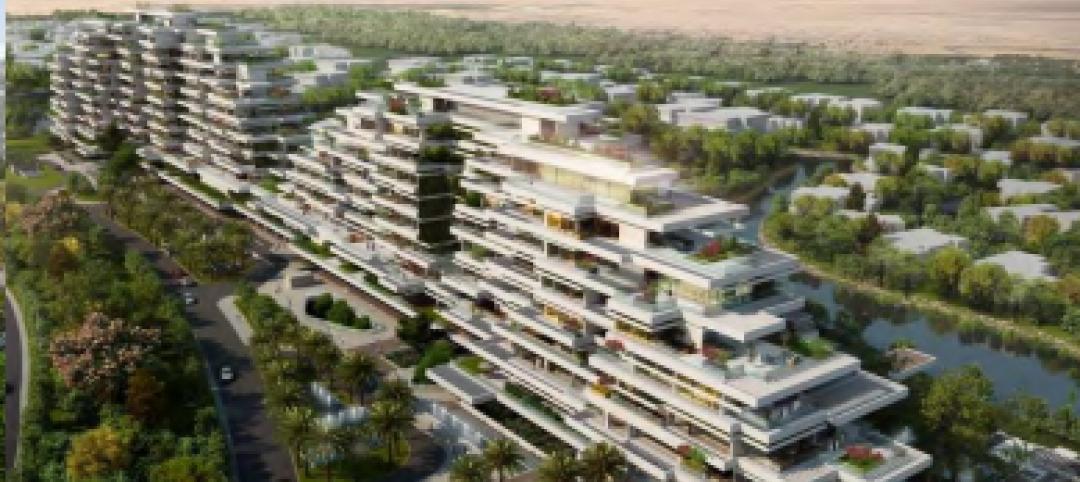Federal and local officials wielded shovels recently to signal the start of construction of a new National Institutes of Health-leased facility in the emerging, transit-friendly Twinbrook neighborhood of Montgomery County, Md.
James G. Davis Construction Corporation (DAVIS) and the JBG Companies are building a new home for 2,000 employees of the NIH’s National Institute of Allergy and Infectious Diseases (NIAID).
The new building, designed by Washington architect HOK, will be located at 5601 Fishers Lane in Twinbrook and will complement existing bioscience facilities nearby, which includes NIAID’s 150,000 square feet of laboratories already in the neighborhood.
The new offices will total 490,998 square feet in a 10-story building with two wings of 25,000 square feet each. The installation will feature an atrium entry lobby, a precast and glass exterior and will be certified LEED Silver. There is also a 5-story, concrete parking garage located adjacent to the building. NIAID signed a 15-year lease for its new quarters, which are expected to be completed in 2014.
In conjunction with this development, a new hiker/biker path will be constructed, which will connect the Twinbrook Metro Station to the wide network of trails in Rock Creek Park and beyond. BD+C
Related Stories
| Jun 19, 2014
First Look: 10 Design unveils new luxury apartments plan in Dubai
The Seventh Heaven complex features a stepped form that will offer stunning views of the Dubai skyline.
| Jun 19, 2014
First look: JDS Architects' roller-coaster-like design for Istanbul waterfront development
The development's wavy and groovy design promises unobstructed views of the Marmara Sea for every unit.
| Jun 19, 2014
NCARB study: Architects getting licensed at younger age
A new report from NCARB shows that the median age of people at initial licensure is at a 10 year low.
| Jun 19, 2014
Singapore's 'Tree House' vertical gardens break Guinness World Record
The high-rise development will have a 24,638-sf vertical garden, breaking a Guinness World Record.
| Jun 18, 2014
Design tips for Alzheimer care facilities
A new white paper from the Alzheimer’s Foundation of America and Perkins Eastman details best design practices for residential care settings for individuals living with Alzheimer’s disease.
| Jun 18, 2014
BSB Design Reinforces Client-Focus Legacy With Recent Changes
His 26-plus year history with BSB Design paired with his client relations skills and operational and organizational acumen make Swift well-suited to perpetuate the legacy of founder Jack Bloodgood: That everyone deserves to live in a home designed by an architect.
| Jun 18, 2014
Largest Passive House structure in the U.S. to be built in Oregon
Orchards at Orenco, a 57-unit affordable housing complex in Hillsboro, Oregon, is the first of a three-phase, three-building complex.
| Jun 18, 2014
SOM's twisting tower wins design competition for Sweden's tallest skyscraper
The skyscraper, which will reach 230 meters and is named Polstjärnan, or "The Pole Star," is to be built in Gothenburg, Sweden.
| Jun 18, 2014
Study shows walkable urbanism has positive economic impact
Walkable communities have a higher GDP, greater wealth, and higher percentages of college grads, according to a new study by George Washington University.
| Jun 18, 2014
Ware Malcomb names Sorensen Engineering Regional Manager
New hire will oversee firm's civil engineering practice in Los Angeles, San Diego, and Irvine.

















